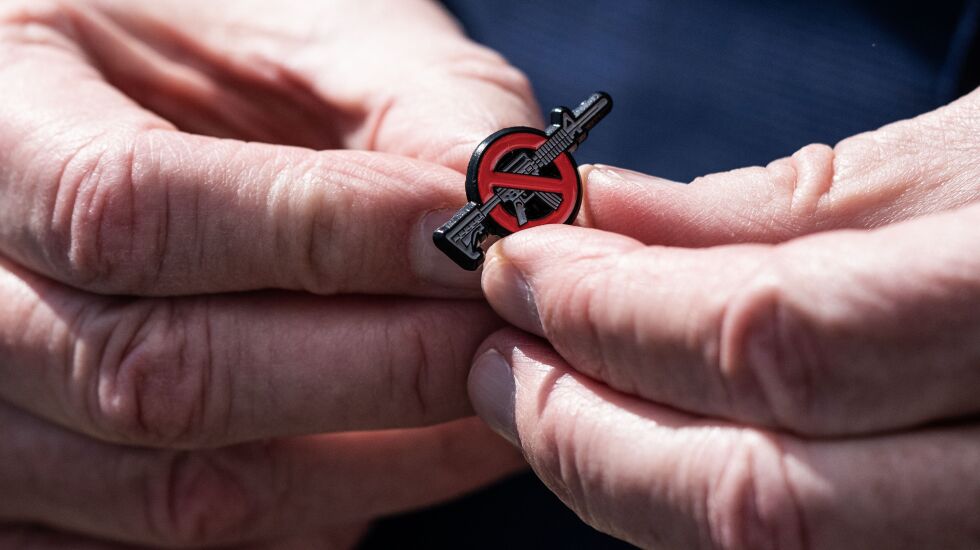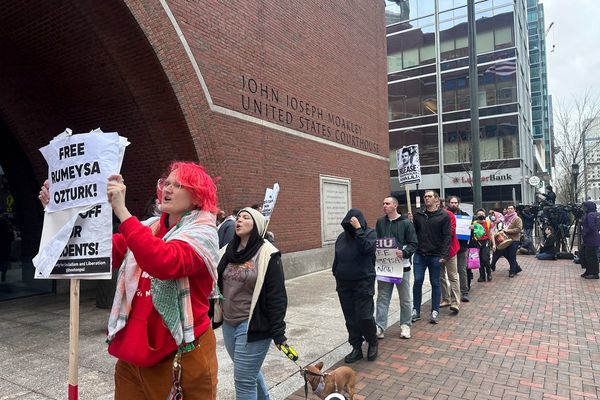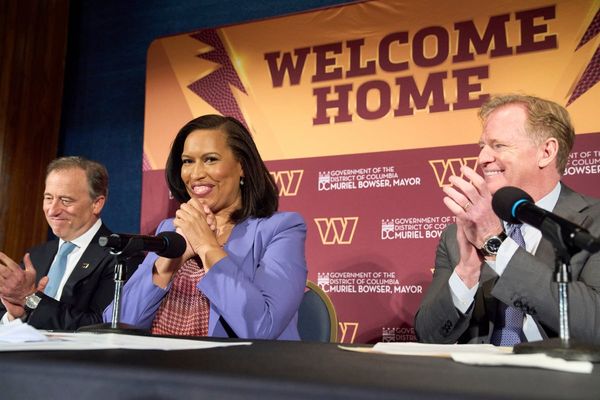
Every year, in early June, I think back to Sen. Robert F. Kennedy’s last words in public after winning the June 4 California primary in 1968: “And now it’s onto Chicago and let’s win there.”
We know the horrific ending to Kennedy’s candidacy, when bullets ended the 42-year-old senator’s life, presidential campaign and the hope he represented for many that awful night in Los Angeles. Like violence everywhere, that assassination had a ripple effect across the Kennedy family and the nation for decades.
In the weeks leading up to that night, Kennedy had been debating the gun issue on the campaign trail in Oregon. Known for challenging opponents to debate at events, RFK made some common sense observations — that laws should protect Second Amendment rights but also keep guns out of the hands of those with mental health challenges and those with violent criminal backgrounds.
Let’s renew the push for a bipartisan blueprint for public safety that goes beyond guns — one that also takes parallel action to strengthen red-flag laws, prosecute illegal gun ownership, increase investments into community mental health resources, enhance school safety and push innovative, data-driven, best-practices policies aimed at both prevention and apprehension.
We owe this to the 13,452 school districts and millions of children across America.
We’ve done this before. Back in 1934, the federal government passed the National Firearms Act of 1934 that outlawed specific types of machine guns being used by criminals in those days. We need a new coalition of common sense gun owners and NRA members, Republicans and Democrats, who can make the distinction between hunting rifles and AR-style weapons and their derivatives that were designed for military use.
Kennedy also gave a poignant speech in Cleveland, the day after Martin Luther King Jr. was assassinated. In a quiet, somber voice, he spoke about the “mindless menace of violence” in America. “And yet it goes on and on and on in this country of ours — why?” Louisville, Nashville, Highland Park, Monterey Park, Uvalde, Las Vegas, Orlando, Blacksburg, Sandy Hook, El Paso, Parkland, Littleton, Binghamton, Aurora, Virginia Beach, Buffalo, Boulder, blue states, red states, rural, urban.
In a normal society, people would assume that law enforcement officers have the edge over criminals when it comes to guns. But, all too often, criminals over-match the police with weapons designed for the military battlefields. Compounding the problem is the epidemic of criminals getting their hands on these guns illegally. Sheriffs across the nation, including Cook County Sheriff Tom Dart, have testified about the threat of AR-style rifles to their officers.
Lack of common sense, political courage
Why single out these specific weapons, with their high-capacity magazines? They represent an insidious game-changer by accelerating the number of victims in the flash of a few terrifying moments. They represent a lethal cancer in community after community and an unprecedented danger to all, from school children to law enforcement officers.
Gov. J.B. Pritzker and other governors have done the right thing by banning AR-style rifles and high-capacity magazines, but the federal level has been stuck for decades. The failure to come up with a solution reflects a lack of political common sense and courage. The NRA has blurred the distinction between the hundreds of guns that are, and should be, legal — and AR-style rifles that are military-combat lethal.
In that spirit, let’s renew our commitment to finally breaking the political paralysis with a new blueprint for public safety across America — if not for us, then for the children who show up to school each morning expecting adults to protect them from harm.
As America heads toward the July 4 Independence Day festivities, let’s remember that Americans deserve to be free from AR-style violence and the politics that perpetuate the violence.
Porter McNeil is an Illinois-based political consultant.
The Sun-Times welcomes letters to the editor and op-eds. See our guidelines.
The views and opinions expressed by contributors are their own and do not necessarily reflect those of the Chicago Sun-Times or any of its affiliates.







